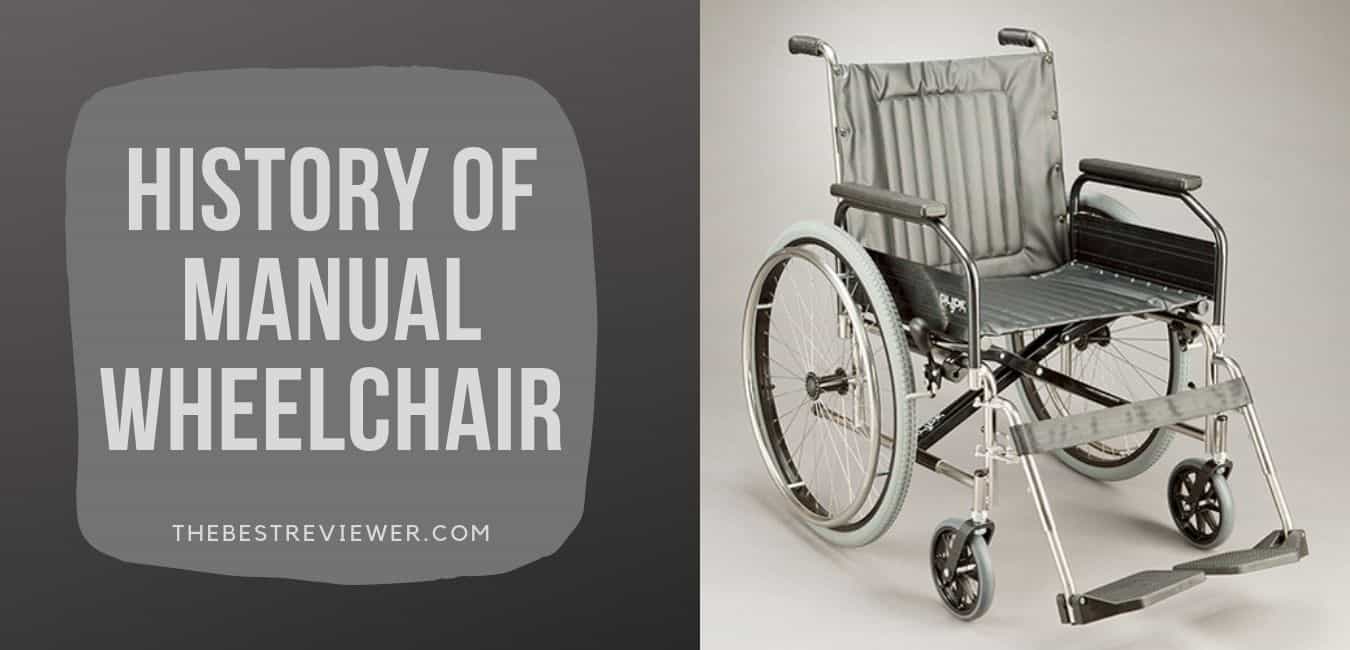While it is evident that wheelchairs have long association with medicine, up until the early 20 century often intersected the divide between a mode of transport for the wealthy and medical apparatus for injured, sick and/or disabled people.
This was especially the case for the British Bath Chair, which the Victorian wealthy also used in a similar manner to rickshaws. As this intersection gradually dissolved, and the medical profession gained almost total control over illness, disease and disability, wheeled chairs became primarily medical device.
The violent consequences of two World Wars, which produced an intensification of the enrolment and mobilization of medical professionals by states across Europe and North America to act as gatekeepers to state provision for disabled veterans, also increasingly brought the technology under medical control.
Ironically, though, medical/rehabilitation ideology and practice, especially during the first half of the 20 century, interpreted wheelchair use as a sign of failure. With its concentration on the cure or alleviation of impairment, the traditional technologies of rehabilitation were the orthoses, the prosthesis, the calliper, the brace, or the crutch the material forms of the idea that you could replace or augment what was lost.
Wheelchair use symbolized either the failure of medicine to find a cure, and/or that the wheelchair user had given up on rehabilitation: an act that countered a wider ideology, which deemed it the “duty” of disabled people to adjust themselves to society.
Wooden ‘invalid chairs’ ( is an idiom of the 20 century) with caned seats and backs appeared around the mid-19 century, especially in the United States (US) where these types of wheelchairs were in use by veterans of the civil war.
Despite the introduction of wire-spoke wheels, rubber/pneumatic tyres (borrowed from the bicycle), hand cranks and suspension systems, few wheelchairs during the first half of the 20 century facilitated independent mobility outdoors.
The implicit assumption embedded within most wheelchair designs, was that the user would be housebound or institutionalised.
The 1950s was a period of ascendancy for the relatively lightweight tubular-steel, folding transit/general-purpose wheelchair. The most celebrated example of this design form is probably the Everest & Jennings (E&J;) single X brace, folding wheelchair, first developed by Herbert Everest (whom himself was paralysed in 1919 after a mining accident) and his partner Harry Jennings in 1933.
Everest recalled in 1955 the motivation behind his invention: “When I tried to earn a living, I found my greatest difficulty was the lack of a usable, folding wheelchair.” In contrast to earlier wheelchair designs, folding tubular-steel wheelchairs afforded travel and access to many wheelchair users for the first time.
Indeed, according to the Paralyzed Veterans of America the E&J; wheelchair was: “A vehicle which has signed the ‘declaration of independence’ for many thousands of physically handicapped people all over the world.”
Importantly, the ascendancy of the tubular-steel, folding wheelchair design was an outcome of its confluence with five important social, medical and technical strands: developments in antibiotics, new practices in rehabilitation, state welfare, the mass-produced / mass-consumed motorcar, and the growth of a disability movement.
The mass production of Penicillin by 1945 resulted in the rise of a new constituency of wheelchair users: people surviving with spinal cord injuries.
In conjunction, went the burgeoning of state organized resettlement and rehabilitation services (including rehabilitation engineering) as Europe and North America both witnessed the emergence of a political will to find technical solutions to the problems of impairment generated by the violence of World War II.
The consequences of the polio epidemics of the late 1940s and early 1950s, thalidomide in the 1960s and the Vietnam War in the 1960s and 1970s all had a similar effect.
Thirty years ago if someone need a wheelchair he simply would have gone to a doctor and received a prescription for a wheelchair, and that chair would have been fairly standard in size and appearance.
It would have been a heavy, metal chair with black or dark green upholstery. Nothing else was available.
That era has passed, and today’s active wheelchair user has literally hundreds of options available. Manual wheelchairs come in sporty styles and stylish colors, and can be made of lightweight composite materials which greatly reduce their weight.
The challenge today is to select the wheelchair which most directly meets an individual’s needs.
- You can also read: General Information about power wheelchair.
From Lightweight Manual Wheelchair for the sporty users, to the institutional type of wheelchair, many different brands, Jazzy Wheelchair, Quickie, Breezy, Invacare, Evermed, Guardian, Everest & Jennings, Otto Bock, TiSport, Colors, Halls Wheels, Top End, and etc, even different variations such asStanding Wheelchair, reclining wheelchair and other specialty wheelchairs are available nowadays. This is how technology has changed the life of many wheelchair users.

